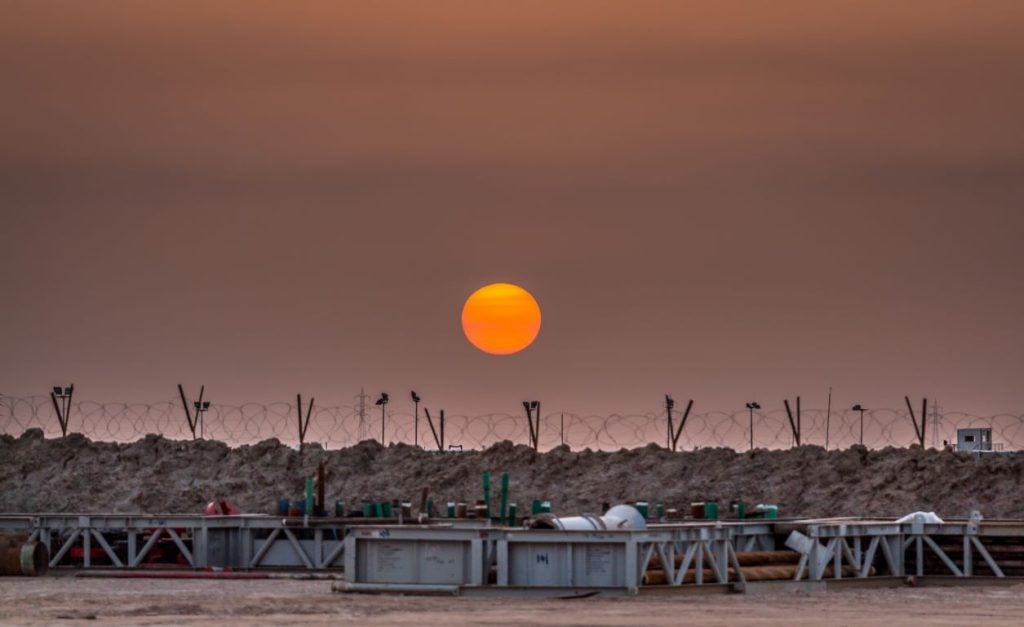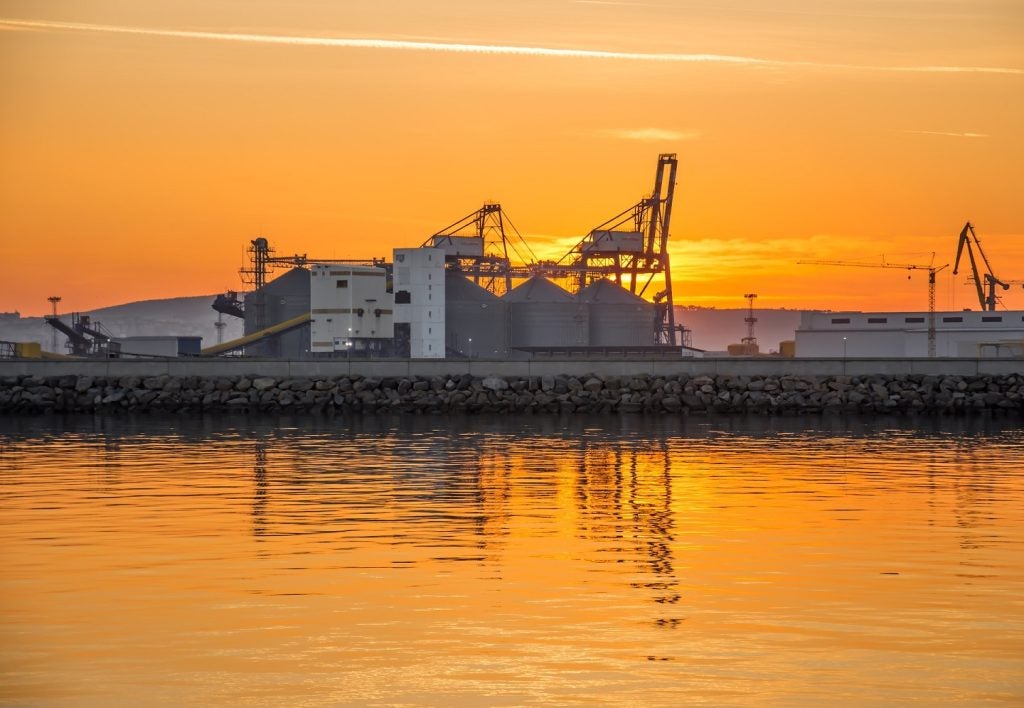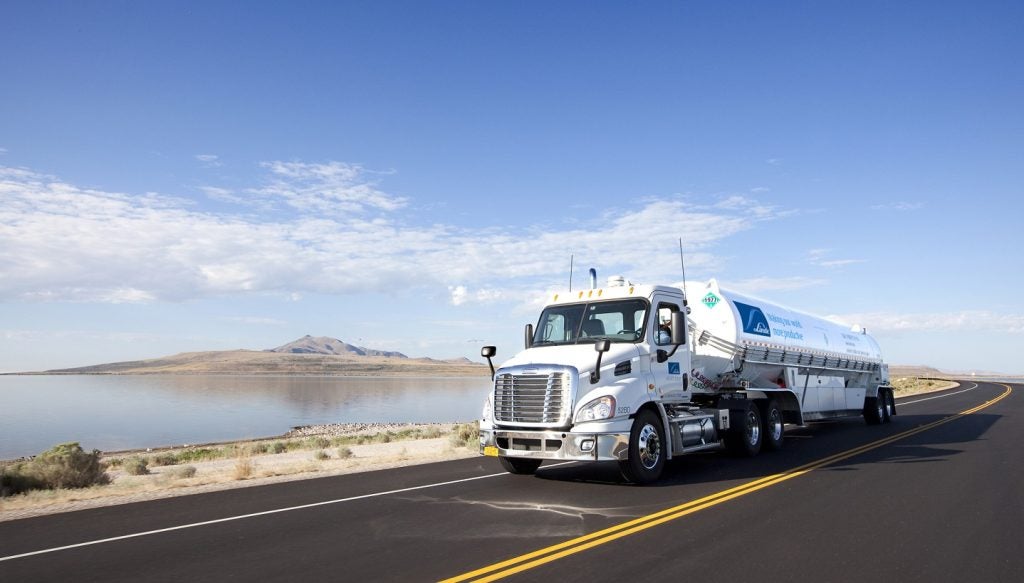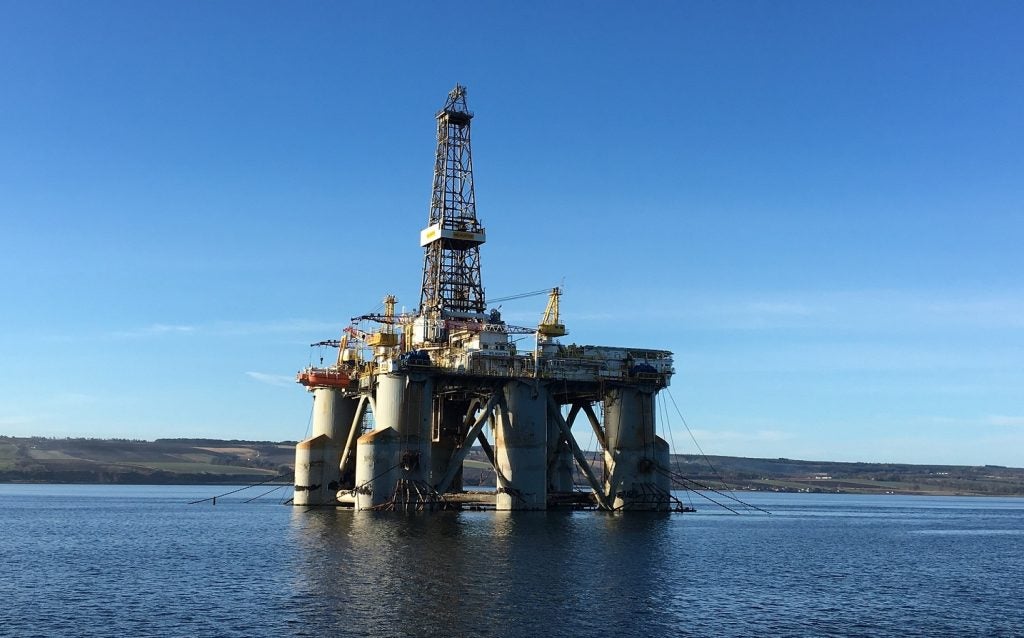The International Energy Agency (IEA) said global oil demand would peak this decade at about 102 million barrels per day (mbd) for two more decades.
The fossil fuels share in the global energy supply would decline to 73% by 2030, “which has been stuck for decades at around 80%,” according to the IEA baseline scenario in its World Energy Outlook (WOE) 2023.
From 2030, oil consumption will begin a slow decline by decreasing over by more than 4mbd to 97.4mbd in 2050, the IEA said in its Stated Policies Scenario (STEPS). The WOE also said that in 2030, clean technologies will play a “greater role than today”. For instance, electric cars on the road worldwide will increase by 10 times, and renewables’ share of the global electricity mix will be near 50%, up by 30%.
According to the IEA, heat pumps and other electric heating systems will outsell fossil fuel boilers globally, and investment into new offshore wind projects will be three times more than new coal and gas-fired power plants.
“The World Energy Outlook 2023 underscores the increasingly narrow path toward preserving the goal of 1.5°C warming, yet provides hope that this remains attainable if we promptly embark on transformative climate actions,” Lindsay Ventress, Global Net-Zero Transformation Advisory Operations Manager, EcoAct, commented on the report.
“The report's call for an annual twofold increase in energy efficiency improvements underscores its critical role in a sustainable future, but also the current failure of legislators to get to grips with this vital requirement. In light of this, businesses cannot afford to merely wait for government commitments; they must become catalysts for progress," she added.
Even so, the demand for fossil fuels is set to remain “far too high” to limit the global rise in temperatures to 1.5°C, as per the Paris Agreement. Despite the impressive growth in clean energy, if the policies are not changed, global emissions will remain high to push the temperature limit by around 2.4°C this century, the IEA says. The STEPS also estimates a peak in energy-related carbon dioxide emissions in the mid-2020s.
“Taking into account the ongoing strains and volatility in traditional energy markets today, claims that oil and gas represent safe or secure choices for the world’s energy and climate future look weaker than ever,” said IEA executive director Fatih Birol.
Geopolitical impact on markets
According to the report, the tense situation in the Middle East “is a reminder of hazards in oil markets a year after Russia cut gas supplies to Europe”. In the STEPS, the share of seaborne crude oil trade from the Middle East to Asia rises from around 40% to 50% by 2050.
The WOE highlights the fears in the natural gas markets due to instability and price hikes after Russia cut supplies to Europe. It also sees a surge in new liquefied natural gas (LNG) projects from 2025, adding more than 250 billion cubic metres per year of new capacity by 2030. This is equivalent to 45% of the global LNG supply today.
While some of the immediate pressures of the global energy crisis had eased due to the current geopolitical situation and the global economy, the IEA called attention to the “unsettled” global energy market. “This underscores once again the frailties of the fossil fuel age and the benefits for energy security as well as for emissions of shifting to a more sustainable energy system,” it said.
Developing economies see the largest increase in demand for energy services as the extreme volatility in energy markets has pushed for an “affordable, reliable, and resilient supply”, the IEA said.
















